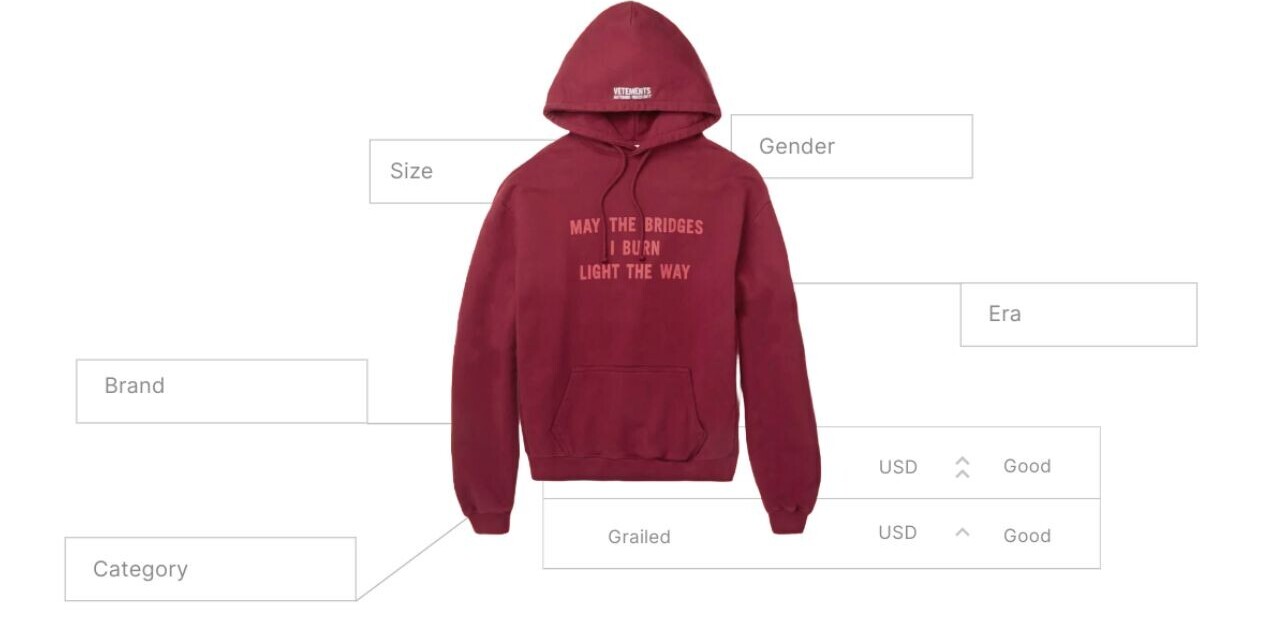
A year ago this week, I finally made the switch to a better life and consigned mobile phone call centers and contracts to my memory banks. Here’s the story.
12 years of crappy call centers
I got my first ever mobile phone in 1999. I can’t remember the exact model, but it was a Motorola (it even had slots for AA batteries, I kid you not), it was on pay-as-you-go on the BT Cellnet network, a firm that eventually morphed into O2.
I stuck with BT Cellnet until I lost that phone one night in 2001, and for the next three years I moved from pillar to post across various pay-as-you-go mobile phone networks. After returning home to the UK in 2005 after a stint working abroad, I procured my first ever mobile phone contract, with Three. Despite pretty lousy customer service, I faithfully stuck by them, took on several handset upgrades on yearly contracts through to 2008, at which point I decided to up-sticks and give Orange a shot.
Orange was great for about, oh, three weeks, after which my Sony Ericsson W995 stopped working. I sent it back for repair and received a new one in return in record time, which was great. However, much to my chagrin, v2.0 of the device had been bundled with Orange’s horrible branded software, which prevented some of the apps – which I had specifically bought the phone for – from working properly.
After countless endeavors with its UK call center, the company steadfastly refused to give me a debranded mobile phone in return, similar to the one I had received initially. So I was resigned to debranding the phone myself (thus voiding the warranty) and sitting out the remainder of the 12-months of the contract. This was the last long-term contract I ever signed with a mobile phone network.
SIM-only contract. We’re getting there.

In the summer of 2009, I (politely) declined Orange’s offer to bump me over to some new plan, and I switched to a SIM-only, 30-day rolling contract with Virgin Mobile. This was exactly what I had been looking for – the benefits of bundled minutes, texts and data, without any long term commitment. My initial joy soon turned to despair when I had to contact the call center to sort some issue relating to international roaming (I can’t remember exactly what that issue was now), and after a call with one incredibly unhelpful and sarcastic operator, I decided to move on. This was around Easter 2010.
Next up, again, was Three. I decided to give these guys another shot, this time on a 30-day rolling contract so I could leave with minimum fuss. It was largely fine, except after a few months, telephone calls started dropping for no apparent reason, and the coverage outside of main cities was patchy at best. I stuck with Three though, as I couldn’t really be bothered moving again, until I discovered GiffGaff in early 2011.
Mobile networks: One and the same
Before I talk about GiffGaff though, it’s worth looking at how opinions around mobile phone networks are formed. I’m constantly amazed by the conflicting stories I hear from people in everyday conversation relating to their experiences with networks. A typical comment could be something like:
“Don’t go with T-Mobile, I used them for a year and they had the worst customer service. Since I’ve switched to Orange, I’ve had no problems.”
The thing is, you could substitute either of those mobile phone networks with any of the others, and there will be countless people willing to stick their name to that quote. They’re completely interchangeable.
There isn’t really any major differences between the mobile phone networks, and your experience will be dictated largely by lady luck. From a customer service standpoint, it all depends on who you speak to, what mood they’re in and the technical nature of your problem.
Of course, if you’re lucky enough never to have issues with network coverage, or your handset breaking prematurely, then you’ll have no reason for complaint. And if you do experience problems, you might be fortunate enough to get through to a very helpful and knowledgeable customer service rep at the first time of asking, bypassing the painful automated (“press option 4”) systems.
Using Review Centre, a UK consumer review website, as a sort of de facto public opinion barometer, Orange and Vodafone score 1.6 out of 5, whilst T-Mobile, Virgin and O2 hit the giddy heights of 2.1. Three, for the record, scores the lowest of all, with 1.4.
However, this doesn’t mean that everyone hates all mobile networks. It just means that people are more likely to go online and leave a review if they’re angry about something. The vocal minority can easily make something look much worse than it really is.
But here’s the thing, despite my bleating about my experiences with mobile phone networks, the underlying issue I have isn’t really related to the customer service itself. I know that they’re all as bad/good as each other, my issue is the painful systems and processes I had to go through each time I had a question or wanted a problem fixed.
I joined GiffGaff in April 2011. One year on, I can look back and say it has been the best decision I could’ve made.
GiffGaff: In the beginning
We covered GiffGaff when it launched way back in 2009, just as it was starting out. For the uninitiated, GiffGaff is a pay-as-you-go (PAYG) mobile virtual network operator (MVNO) – this means that it doesn’t have its own mobile phone masts…it piggybacks off its owner, O2.
Now, I did have a number of concerns before joining GiffGaff, my main one being that I would end up on some tinpot network. However, as a subsidiary of O2, it has all the big-brand brawn and it was this fact that made me decide to delve a little deeper.
It isn’t an ordinary mobile phone network either. Its users (“The Community”) participate in key aspects of the company’s operations, for example sales, customer service and marketing. In return, the community receives remuneration through a system called ‘Payback’. I can take or leave that in itself, but for me this meant no call centers. All customer service is administered through the online community forum, which – again – led me to have some doubts. But given that there was zero commitment required, I thought it was worth a shot.
For the record, whenever I’ve had a question relating to the service, or anything specific to my account, I’ve managed to post my queries on the forum and receive responses in record time.
The next big concern was, well, it’s a PAYG network…to hell with having to ‘top-up’ my account and worrying about getting cut-off mid-call. But when I discovered it offered Goodybags, this edged me even closer to jumping on board. A measly £10 per month gets me 250 UK minutes, unlimited UK texts AND unlimited Internet. There are other Goodybags with varying allowances too, depending on how much you like to ‘talk’ on the phone.
In the immediate aftermath of joining this ridiculously-named mobile network, I played around with different ways of ensuring I could operate it as close to a ‘contracted bundle’ model as possible.
Here’s the deal. If you exceed your Goodybag allowance in any given month, you can’t just buy another one. So you have to wait until the next month to start a new one and run off your PAYG balance (which you can top up at any point). Or if you need to call abroad or access premium UK numbers, your Goodybag won’t do you any good. This is why I keep a PAYG balance in my account, which I bump up to about £50 when I go abroad…just in case. If I don’t use it, which is usually the case, I simply buy my next month’s Goodybag from the balance, or keep on rolling the balance over until I need to dip in to it.
Oh, you can also pile-up Goodybags, so that once one expires, the next one kicks in automatically. So essentially it’s like having the same bundled allowance as you’d get with a typical mobile phone contract.
The issues

It hasn’t all been peaches and cream though. When I first went abroad on GiffGaff last April, I discovered that it didn’t have data-roaming. I know that can be incredibly expensive, but it can also be incredibly useful to check the occasional email or football score without having to find an Internet cafe or non-password-protected WiFi spot.
Last July, however, GiffGaff finally introduced international data roaming…happy days. But with people still being hit with large data-roaming bills, driven largely by the fact that more than half the UK population now own a smartphone, this is a widespread issue, and one that GiffGaff should take the lead on and really set itself apart from other mobile networks. It needs some sort of bolt-on to cap data-roaming at a pre-agreed per-day rate. If it can offer this, then GiffGaff will have truly arrived.
The other elephant in the room here, of course, is you don’t get access to all the latest smartphones without stumping up the cash yourself up front. However, this is exactly the same as SIM-only contracts which already prove popular with so many people. And as I’ve argued previously, getting involved in mobile phone contracts really isn’t all that cost-effective and there’s no such thing as a ‘free mobile phone’. Unless you really can’t afford to buy a handset up front, well, I don’t see the point in mobile phone contracts at all.
It’s probably also worth noting downtime. In my year so far with GiffGaff, there has only been one major outage, and this was a few weeks ago, which saw me go seven hours without access to my phone’s key functionality. Far from ideal, sure, and I would’ve been mightily peeved had I been somewhere where I relied on my phone, but I wasn’t. If it can maintain this once-per-year rate, I’ll be happy.
The verdict
GiffGaff tell us that it has more than 100,000 members, and 30% of new sign-ups last year switched from pay-monthly deals. In October 2011, GiffGaff connected 50,000 new customers, which was more than the total connections in the whole of 2010. And at the time of writing, £1m has been paid back to the GiffGaff community since launch.
A year on from my initial move, well, it’s fair to say that I’m pretty happy with my experience so far. GiffGaff won’t appeal to everyone, but if you’re as frustrated with mobile phone call centres, and switching between networks as I was, then you could do a lot worse than give it a try.
That initial uber-friendly, “you got-it!” pre-sales chatter from a local call-centre, followed soon-after by lousy customer service from a far-off land once you’ve signed on the dotted-line? No more. Hours spent on hold being passed from pillar-to-post as the network tries to ‘find the right department’ to deal with my query? No more. Being given conflicting information from different customer service representatives? Yup, no more.
Over and above all this, I have absolutely no tie-in at all with GiffGaff beyond it owning my mobile phone number, which I have no reason to suspect would cause me any issues if I ever did decide to jump ship.
Now only if I could find a people-powered broadband provider, I would be truly happy…
➤ GiffGaff
Get the TNW newsletter
Get the most important tech news in your inbox each week.




